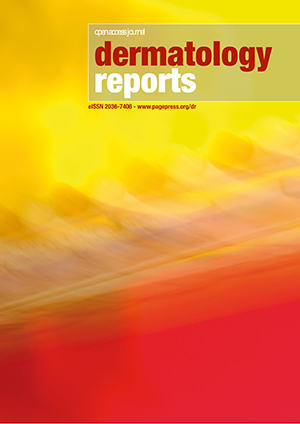Comparison between dutasteride and finasteride in hair regrowth and reversal of miniaturization in male and female androgenetic alopecia: a systematic review
All claims expressed in this article are solely those of the authors and do not necessarily represent those of their affiliated organizations, or those of the publisher, the editors and the reviewers. Any product that may be evaluated in this article or claim that may be made by its manufacturer is not guaranteed or endorsed by the publisher.
Authors
Nowadays androgenetic alopecia (AGA) has become a common concern of affected subjects of both sexes. Finasteride is approved by the Food and Drug Administration for the treatment of male AGA. There is no clear evidence to support the use of dutasteride in male AGA. In female AGA, the effectiveness of dutasteride and finasteride is still under debate, and there is no clear evidence to use any of them in female AGA. A systematic review was conducted to compare dutasteride and finasteride in treating both male and female AGA and their efficacy, safety, and side effects with effective dosage. The review was done using several databases including: PubMed, Ovid Medline, Google Scholar, and Cochrane, using the following search terms/key words: “Dutasteride”, “Finasteride”, “Male pattern hair loss”, “Female pattern hair loss”, “Efficacy”, “Tolerability”, “Side effects”, and “Comparison”. Articles related to the efficacy, tolerability, and side effects of dutasteride and finasteride in the treatment of male and female AGA were specifically sought, considering the doses used for each medication. The review encompassed a total of nine studies. Four randomized controlled trials, one single-arm trial, two prospective cohorts, and two retrospective cohort studies. Seven studies exclusively enrolled male participants, while only two included female participants. All groups receiving various doses of dutasteride and finasteride exhibited a significant increase in hair count compared to the placebo group. Notably, dutasteride (0.5 mg) and dutasteride (2.5 mg) were significantly more effective than finasteride (1 mg) in increasing hair counts. Furthermore, no significant difference in adverse events was observed between finasteride and dutasteride. Dutasteride is more potent than finasteride in treating AGA in both males and females. All the adverse events between finasteride and dutasteride were comparable.
How to Cite

This work is licensed under a Creative Commons Attribution-NonCommercial 4.0 International License.








